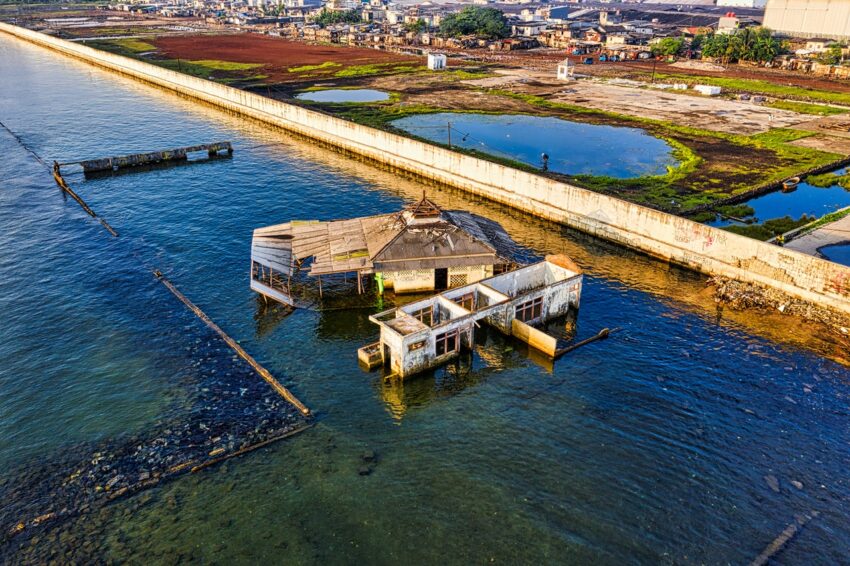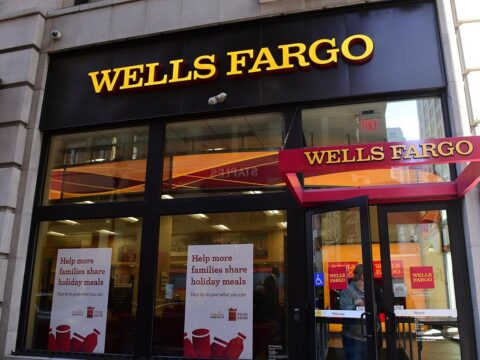
September 20, 2021 – In a report issued on Sept 17, Moody’s Investor Service wrote rising sea levels would pose severe credit risks for states, noting that Florida, New Jersey and Virgina have “vulnerable coastal areas” that “generate material portions of overall state and individual country economic activity”.
Florida may be particularly vulnerable, with Moody’s estimating that 24% of its GDP is generated within the 100-year flood zone, compared to 3 – 9% for other at-risk states like Hawaii, Massachusetts, New York and California.
Out of the nine major cities with the highest risks, two – Miami and Jupiter – are in Florida. The other named cities are Kenner, LA; Camden, NJ; Bayonne, NJ; Galveston, TX; Alameda, CA and San Mateo, CA.
Quoting data from the National Oceanic and Atmospheric Administration (NOAA), Moody’s noted that between 2000 and 2019, the Atlantic and Gulf coasts have experienced a 100-150% increase in annual days of high-tide flooding.
Coastal flooding impacts credit as state and locals may experience lost tax revenues, experience increased maintenance costs and potentially invest billions on infrastructure damaged by storm surges.
While noting new infrastructure to mitigate sea level rise is “credit positive”, state and locals will have to content with rising debt levels and to balance such investments with competing spending priorities.
The effects of “climate gentrification” – migration from wealthy flood-prone areas to low wealth areas less prone to flooding – may also result in increased property prices in less flood-prone neighborhoods, displacing less-wealthy residents from their homes.
According to a Milliman White Paper published in September 2019 that studied the demographics of Broward and Miami-Dade counties, if sea levels were to continue to rise, substantial out-migration will occur from high-risk flood areas to lower risk areas inland.
Contact Karen Bigelow at KBigelow@buymuni.com.



